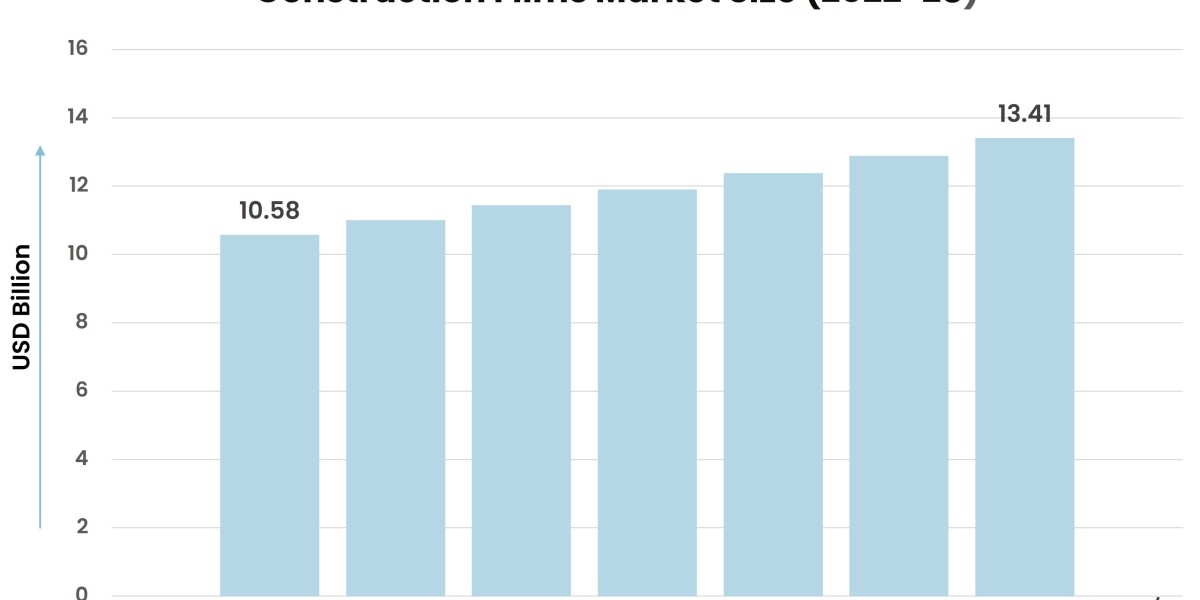In contemporary construction, the use of advanced materials is paramount to achieving durability, efficiency, and sustainability. Construction films have emerged as a crucial component in modern building projects, offering a variety of benefits that enhance the performance and longevity of structures.
According to Stratview Research, the construction films market was estimated at USD 10.58 billion in 2022 and is likely to grow at a CAGR of 4.02% during 2023-2028 to reach USD 13.41 billion in 2028.
- Enhancing Durability and Protection
One of the primary roles of construction films is to provide a protective barrier against environmental elements. These films are designed to withstand harsh weather conditions, including UV radiation, moisture, and temperature fluctuations. By protecting the underlying materials from degradation, construction films help extend the lifespan of buildings. This is particularly important for elements like concrete, steel, and wood, which can be vulnerable to corrosion, rot, and other forms of damage.
- Improving Energy Efficiency
Construction films play a significant role in improving the energy efficiency of buildings. Reflective films, for example, can be applied to windows and skylights to reduce heat gain from solar radiation. This helps in maintaining a stable indoor temperature, reducing the need for air conditioning, and consequently lowering energy consumption. Additionally, insulating films can be used to enhance the thermal performance of walls and roofs, further contributing to energy savings.
- Moisture and Vapor Barrier
Moisture control is a critical aspect of building construction, and construction films are effective in preventing water ingress and vapor diffusion. Vapor barrier films are installed in walls, floors, and ceilings to prevent moisture from penetrating the building envelope. This helps in avoiding issues like mold growth, structural weakening, and insulation damage. By maintaining a dry interior environment, these films contribute to the overall health and safety of building occupants.
- Enhancing Safety
Safety is a paramount concern in construction, and films can contribute significantly in this area. Anti-shatter films, for instance, are used on glass surfaces to hold shards in place in case of breakage, preventing injuries. Fire-retardant films can also be applied to various building components to enhance their resistance to fire, providing crucial additional time for evacuation in case of an emergency.
- Facilitating Green Building Practices
In line with the growing emphasis on sustainability, construction films support green building practices. Many films are designed to be recyclable and are made from eco-friendly materials. By improving energy efficiency and reducing the need for frequent repairs and replacements, construction films help in minimizing the environmental impact of buildings. They are an integral part of achieving certifications like LEED (Leadership in Energy and Environmental Design), which promote sustainable building practices.
Conclusion
Construction films are indispensable in modern building projects, offering multifaceted benefits that enhance durability, energy efficiency, moisture control, safety, and sustainability. As the construction industry continues to evolve, the role of these advanced materials will undoubtedly become even more significant, driving innovation and improving the quality and performance of buildings worldwide.



